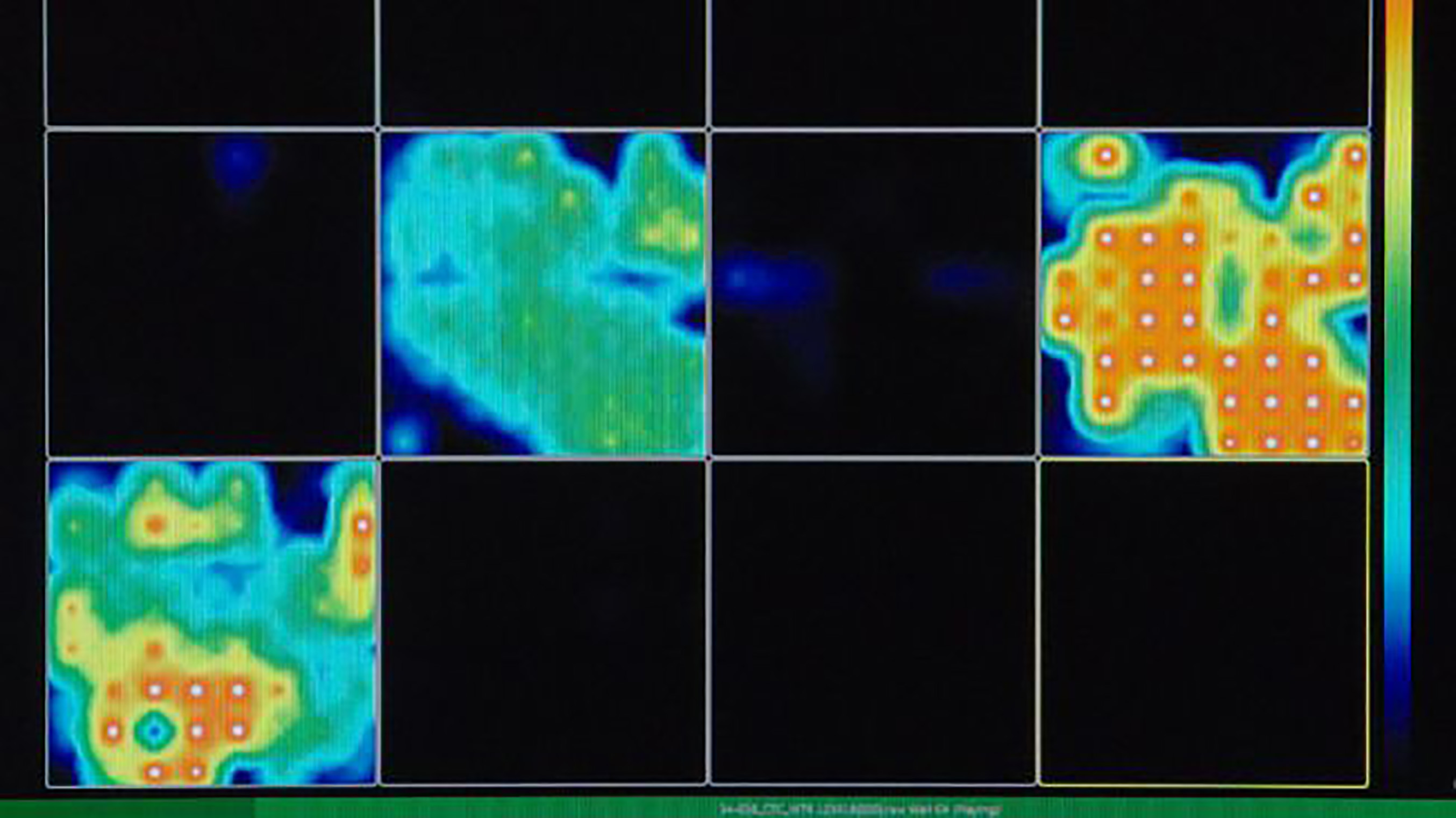Burning issue: how fashion’s love of leather is fuelling the fires in the Amazon
Devastation … an Amazon blaze this week. Photograph: Joao Laet/AFP/Getty Images
Beef and soya aren’t the sole culprits – our demand for shoes, belts and handbags is driving rainforest destruction. It’s time for consumers to wake up
The level of destruction is almost impossible to fathom. About 41,000 fires have been recorded by scientists in the Brazilian Amazon since January, with more than half of those in the past three weeks – hence the apocalyptic headlines. Every minute, the equivalent of a football field and a half of the so-called lungs of the Earth is incinerated.
The rainforest isn’t just totemic, we know that the future stability of the climate rests on preserving it. To be an onlooker to this burning triggers the type of overwhelming anxiety that probably won’t be soothed by wearing a “save the rainforest” T-shirt like we did in the 1980s. In fact, that’s the last thing we should be doing, because the Amazon burn is very much a fashion crisis, connected to the leather your shoes are made from and the bag on your shoulder. We need action.
Lab-Made Mini Brains Produce Brain Waves Just Like Those of Preterm Babies
By Yasemin Saplakoglu

An activity map created by multi-electrode arrays shows how the mini lab brain is active (colored parts) at times and silent (black parts) at other times. (Image: © Muotri Lab/UCTV)
But they’re probably not “thinking” or “conscious”
Scientists created miniature brains in the lab that formed intricate networks and produced brain waves similar to those fired by the developing brain of a preterm human baby, according to a new study.
The idea of growing miniature brains in the lab isn’t new; researchers have been doing so for nearly a decade. But most studies have used these mini brains or “organoids” to study large-scale structure.
For example, one group developed mini brains that could grow blood vessels, Live Science previously reported. Another group exposed mini brains to the Zika virus to understand how it may lead to abnormally small heads, or microcephaly.

